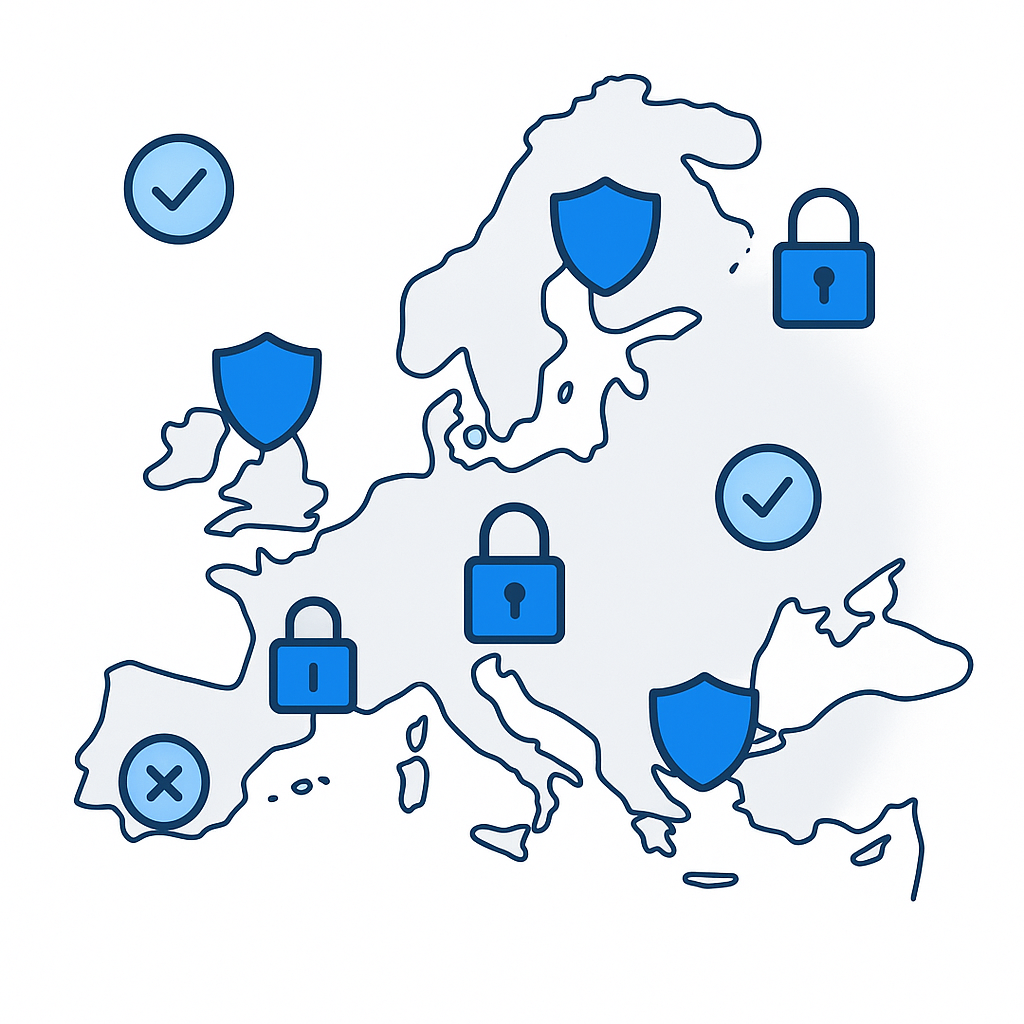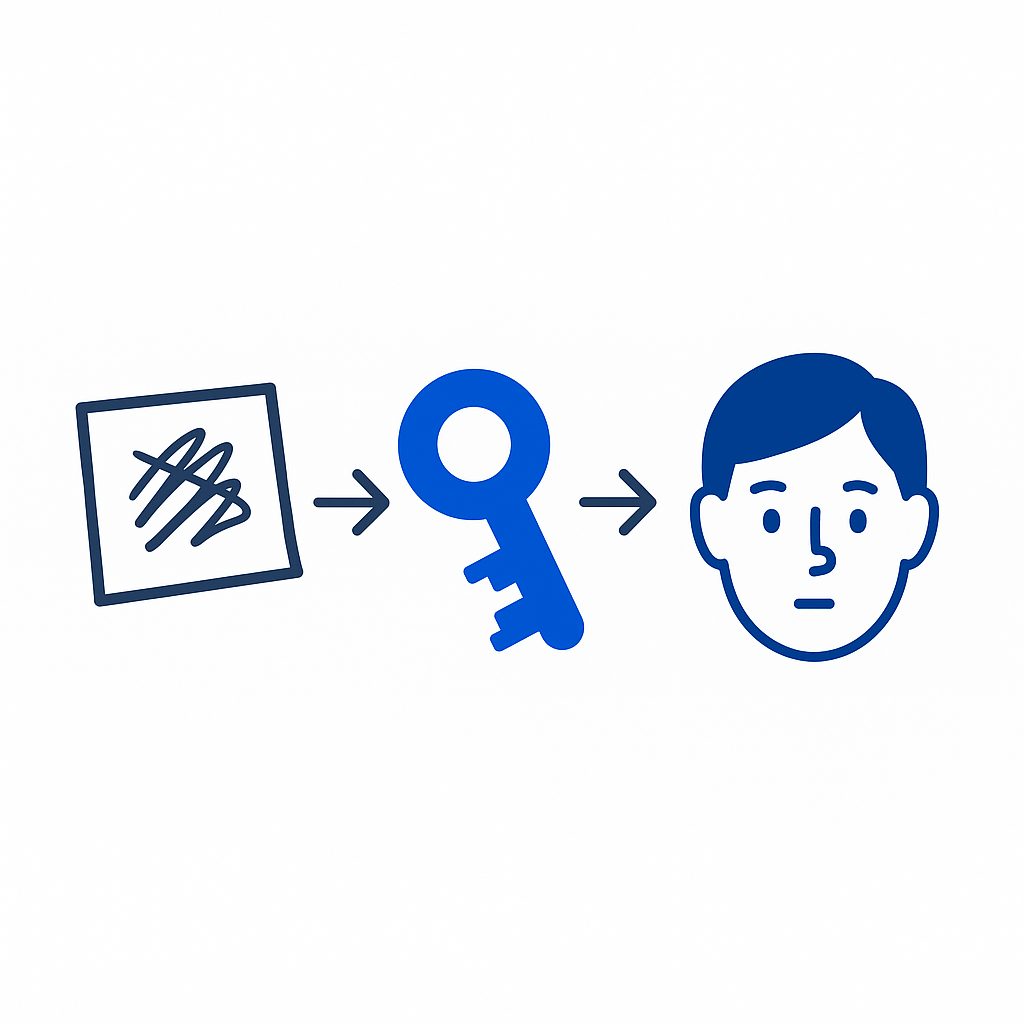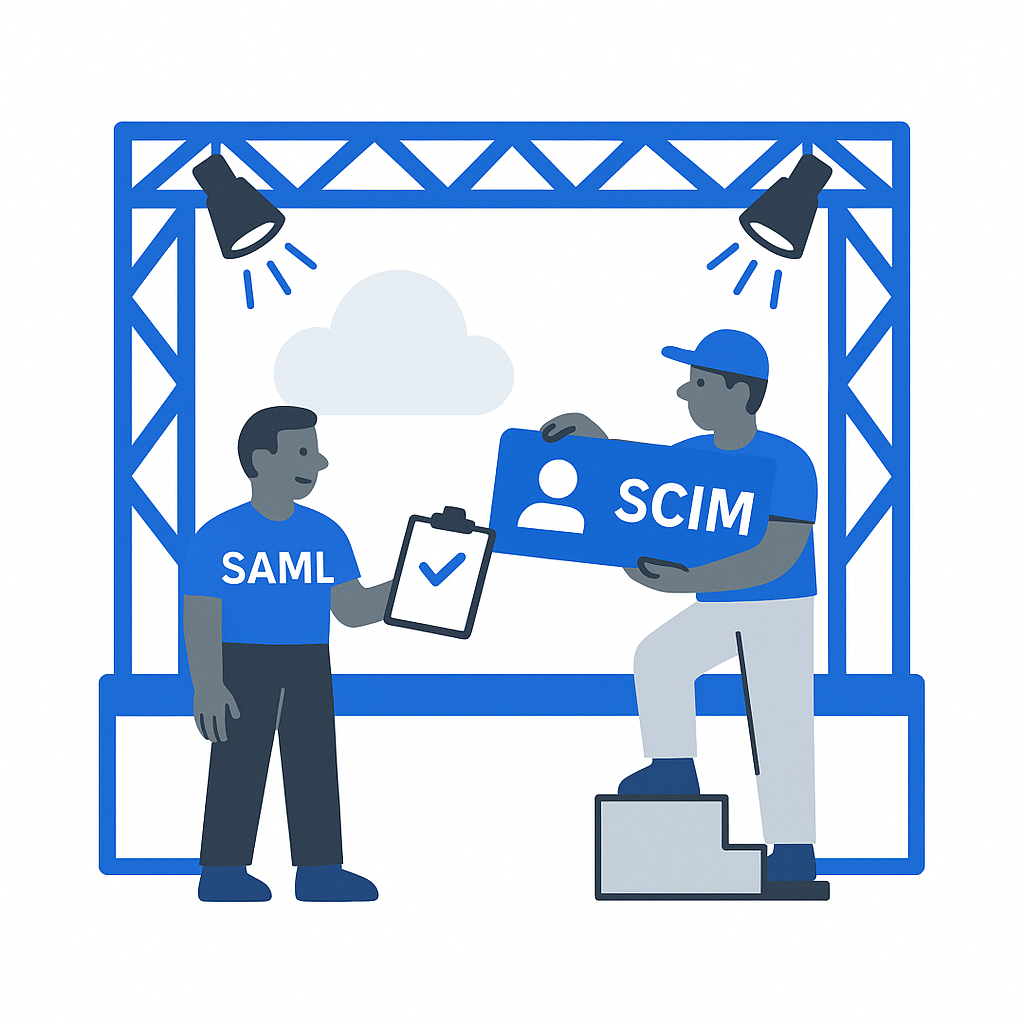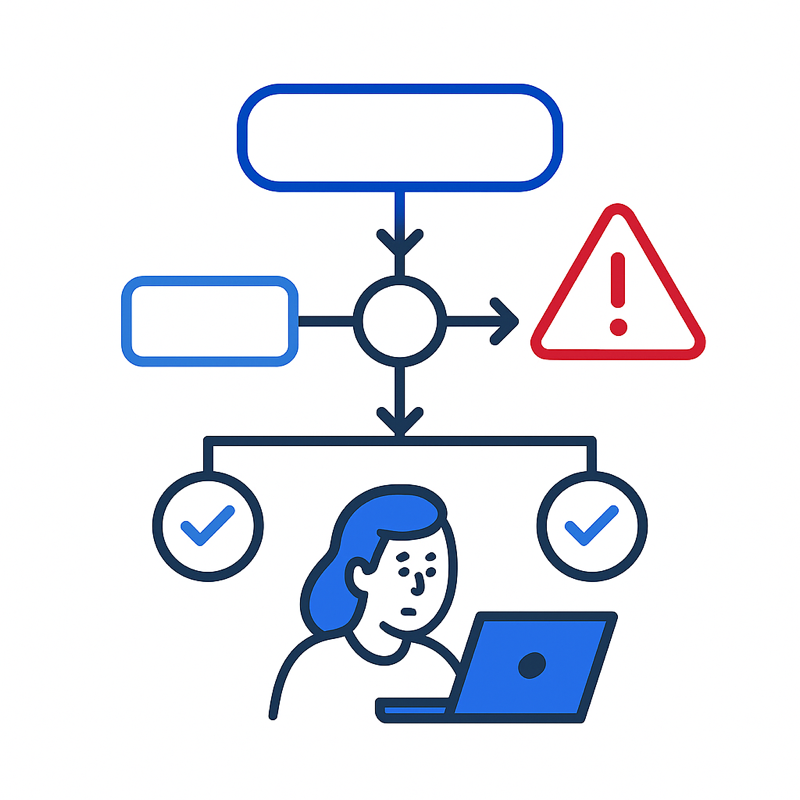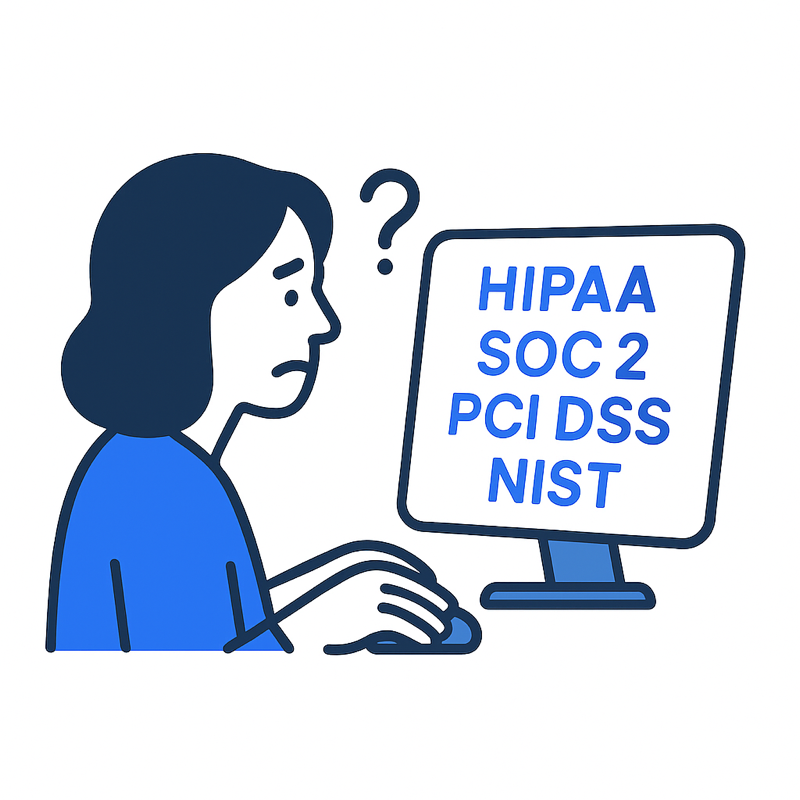Breakglass in the Cloud: Why IT Teams Deserve Better
You’re standing in an apartment hallway, waiting for a friend, staring at a red box mounted on the wall. Behind the glass: an emergency fire alarm. Below the glass: the words “Break Glass in Case of Emergency.” You hope you’ll never need it, but I guess we’re glad it’s there.
In IT and security, “Breakglass” access works on the same principle. It’s the fallback. The safety net for those moments when everything else goes wrong. The system’s locked, data appears missing, or a critical service is unresponsive, and suddenly you need emergency access to your infrastructure before the whole house of cards comes tumbling down.
However, in our singularity-imminent world of sprawling cloud services, distributed teams, and relentless security threats, Breakglass is starting to look less like a safety net and more like a crack in the system itself.
The Old-School Breakglass Playbook
Traditionally, Breakglass meant one thing: keeping a set of emergency credentials locked in a safe (literally or digitally), to be used only when all else fails. The account would typically carry elevated permissions, such as root, admin, or God-mode, and, if all went well, would be used sparingly.
The process usually involves a few key steps:
- First, someone identifies a situation dire enough to justify cracking open the safe. Maybe a system outage has crippled access or a security incident requires immediate isolation of infected servers.7
- Next, the Breakglass account is activated, temporarily, in theory, and access is granted.
- Finally, the whole ordeal is logged, audited, and reset to make sure no one’s running around with unlimited privileges.
It’s simple. Elegant, even. But also… oh so fragile.
Where Breakglass Cracks
Here’s the thing about old-school Breakglass: it was designed for an era of on-prem servers and neatly contained IT ecosystems. As access management strategies go, it's somewhat antiquated. In today’s cloud-native world, it’s increasingly ill-suited for the scale and pace of modern operations.
For starters, consider the manual overhead. Storing credentials securely sounds easy enough until you have hundreds of systems across AWS, Azure, GCP, Kubernetes, and SaaS platforms. Keeping those credentials current, protected, and accessible to the right people - not too many, not too few - is a logistical mess of whack-a-mole and plate spinning.
Then there’s the human factor. Breakglass accounts often live in the hands of a handful of senior admins. What happens when those people are unreachable? Or worse, what if one of them goes rogue? Insider threats account for a staggering 74% of breaches involving human error, privilege misuse, or credential theft, according to Verizon. Those emergency accounts are precisely the juicy targets attackers dream of.
Even with the best intentions, Breakglass creates friction. You’re asking your already overworked security team to manage, monitor, and audit a process that’s designed to be used only in rare circumstances, while simultaneously making sure it actually works when the chips are down.
Mild spoiler: It often doesn’t.
The Cloud Has Changed the Game
Cloud infrastructure doesn’t wait for you to open a safe. It’s elastic, ephemeral, and unforgiving of delays. When a developer in one time zone needs elevated access at 3 AM your time to fix a failing deployment, the old break-glass model feels like handing them a key that’s locked in another safe.
In multi-cloud environments, it’s even worse. You’re no longer talking about one master account; you’re looking at dozens of potential break-glass credentials spread across services, each with its own idiosyncrasies and security policies. The potential for misconfiguration alone is staggering.
Meanwhile, attackers aren’t waiting for a formal request to be logged. They’re probing for stale credentials, misconfigured accounts, and standing privileges left behind like a spare key hidden under the welcome mat.
This is where Breakglass starts feeling less like a fire alarm and more like a trapdoor.
Why Just-In-Time Access is the Better Safety Net
There’s a smarter way forward, and it’s called Just-in-Time (JIT) access. Instead of hoarding standing privileges in case of emergency, JIT flips the model on its head: no one has persistent access to critical systems unless and until they actually need it.
When an incident occurs, JIT enables approved users to request access on the fly. The access is time-bound, purpose-specific, and automatically revoked when the task is done. No safes to crack. No zombie credentials lurking in the shadows.
Think of it as Breakglass without the glass.
Frictionless Doesn’t Mean Reckless
The beauty of JIT is how seamlessly it fits into modern workflows. Tools like Trustle even integrate directly with Slack or Teams, letting engineers request and approve access without leaving their chat window. This isn’t just convenient, it’s critical for busy teams where every second counts.
At the same time, JIT access keeps security teams in the loop with real-time monitoring and robust audit trails. You know who accessed what, when, and why. And because privileges are granted only for the duration of the task, the window of opportunity for abuse is drastically reduced.
Contrast that with traditional Breakglass, where even a brief lapse in post-use cleanup can leave an overpowered account active indefinitely.
But What About Emergencies?
It’s fair to ask whether JIT can really replace Breakglass in true emergencies. The short answer is yes, and it does so without sacrificing speed.
JIT can grant emergency access in seconds, not hours. You’re no longer relying on a brittle set of credentials or a manual approval chain that might be asleep when the crisis hits. Instead, you’re empowering your team to act decisively while keeping your environment airtight.
And even if you continue to embrace a Braakglass approach, the on-call teams should have access automatically provisioned before their shift, and removed after their shift, but their access can be active during their shift without extra steps. That way, all the on-calls have the access they need to fix production. In the worst case, the next on-call shift cannot take over but the current team can get in and assign them access manually.
The Real Win: Peace of Mind
At the end of the day, Breakglass was never supposed to be a day-to-day tool. But too often, organizations find themselves leaning on it because their access management strategy doesn’t scale.
JIT access changes that equation. It gives your engineers the flexibility they need without giving attackers a foothold. It reduces the burden on security teams by replacing cumbersome manual processes with automation. And it makes audits a breeze because every access event is logged by design.
The result? Fewer fire drills. Less friction. And a lot more confidence that when the next crisis comes, you won’t be scrambling for the keys.
The Future of Access is Glass-Free
Breakglass had its place, just like floppy disks and dial-up modems. But in the cloud-first world, where speed and security must coexist, it’s time for a new paradigm in privileged access management.
By embracing JIT access, organizations can move beyond brittle emergency procedures and into a model where access is dynamic, ephemeral, and perfectly aligned with business needs.
So go ahead. Retire the glass box on the wall. With the right tools, your team won’t need it.



























